Conxa Rodà
Attracting more – and more diverse – visitors is one of the goals that museums and arts centres pursue. But it’s not enough just to attract visitors. You have to go much further and provide users with enriching experiences that help them to explore, learn and enjoy, and which make it possible to connect with the public.
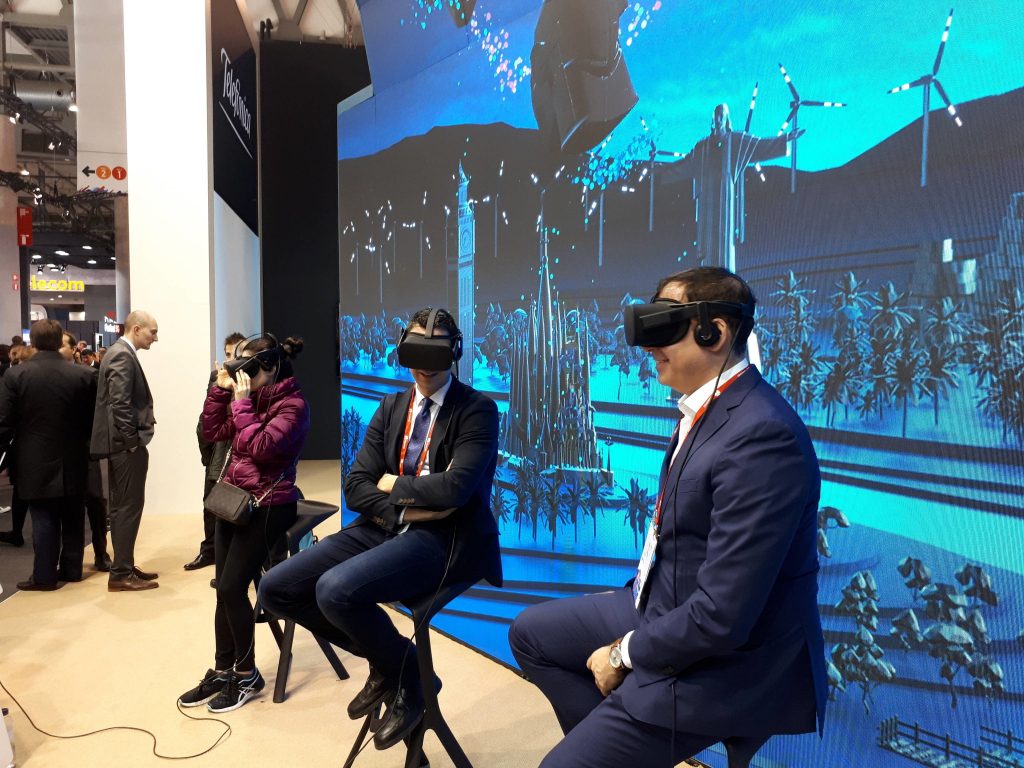
To establish these meaningful connections, museums have, first and foremost, the collections that, on the basis of good museography, good narratives and good cultural programming, constitute the hard core of museums’ raison d’être and power of attraction.
And to strengthen the connection, the involvement, digital technology is a great ally. Not for competing with the observation of the original work, but for complementing the tour and enriching it with layers of information for those visitors who want it, and to make the collection accessible to many more who may not visit the museum. Virtual visitors are museum visitors too: they access the content, interact with it, spread it on their networks; in short they help us to disseminate knowledge, the main mission of any museum.
Every day we have more technologies available to offer surprising and striking new experiences. Properly applied – sensibly, not just to show off the technology – they open up an immense range of applications. There is a large group of digital experiences: immersive and non-immersive, interactive and non-interactive, individual or shared in a group, unidirectional or co-created. The ones we choose will depend on the content, the objective and the resources.
Here I share some of the practices – for the mobile, virtual reality and artificial intelligence – from museums around the world that I think are interesting to learn about and which may be inspiring.
Apps yes or no?
In a world oversaturated with apps, I think it is rather pretentious to expect visitors to download the app of every museum they visit. In a Silicon Valley study of Android apps, the results are revealing: 77% of users stop using an app three days after installing it. So much effort and money devoted to creating apps! So what is to be done? As I see it there are two options, both perfectly compatible.
First, an app makes sense if it really is singular, innovative, useful, it offers added value, it allows you to do things that would not be possible otherwise, and it optimizes the functionalities of the mobile such as geolocation, photography, scanning, gamification, sharing on networks, and so on. If the app is meant to offer the same content as the website, then instead of creating the app, we had better make sure that the website is totally responsive, adapted to mobiles.
Recent examples of good apps:
Using artificial intelligence, the Barnes Foundation allows visitors to explore works in the collection. Via image recognition the app shows visitors other works that may be related to it, due either to the theme or the artist, or to attributes such as the style, the brushstroke, the light. Through these visual relationships, it proposes the discovery of works that users might otherwise not see, it stimulates the observation of the work, and it extends the length of the visit.
Another app that uses image recognition is Hirshhorn Eye, of the Hirshhorn Museum of Art, a centre belonging to the Smithsonian. Users scan a work with the app and they are shown videos of the artist who created it. Artists like Olafur Eliasson, Jeff Koons, Damien Hirst and Lorna Simpson explain their works and show their workshops. It is a means of making direct contact with users in a field, in this case contemporary art, that is probably one of those that needs most mediation.
The other option is to integrate the content in aggregator apps. In Catalonia we have VisitMuseum, which offers information in different languages about every museum in Catalonia. Internationally, there are Cloudguide and especially Second Canvas, which offers very high-resolution images of the works and accompanies them with micro-stories, an approach to art through storytelling. The Museu Nacional is present in these three applications.
Digitization of Rubens’ Lady Alethea Talbot, Countess of Arundel, Second Canvas project
Virtual reality, a stunning experience
It is a fact that there are now many information channels for learning more about history, artists and works of art. There is nothing, however, as stunning as finding oneself immersed in them. Walking inside the “Tunnel of the Temple of the Feathered Serpent” of Teotihuacán, inside the Anne Frank House, through workshops of women weavers in Guatemala, Modigliani’s studio, or making immersive VR tours of the Thyssen Museum or submerging oneself in art installations in a museum space transformed by contemporary artists, as in the Renwick Gallery’s Wonder exhibit or the cell where Nelson Mandela was imprisoned, leaves no one indifferent. It appeals to the emotions. It makes an impact. It connects.
Virtual reality is not without its problems, such as user experience or the high cost. Some users feel dizzy, vertigo or unsafe. The goggles still needed for the VR tour are not comfortable. Or the system needs a lot of explaining so that users can make the tour autonomously. There is often an observer alongside to provide support, but this limits spontaneous use or it may make people afraid that they’re not doing it right. These are user experience (UX) barriers that need to be overcome.
Another challenge, which is generic to the interpretative materials of analogue and digital museums, and which is very obvious in VR experiences, is the quality of the content. If we want to go from offering a mere divertimento to an enriching contextual experience that will last long in the memory it is necessary to offer content that is very well designed, very well structured, with a solid narrative and well executed.
Artificial Intelligence (AI) applied to museums
Much used in many areas, but still in its infancy in the cultural sphere, artificial intelligence is already beginning to produce examples of good practices in museums. Here are two of them.
The Pinacoteca of São Paulo, in partnership with IBM, through the cognitive power of its supercomputer Watson, developed an audio-guide that allowed visitors to ask questions about artworks and establish a dialogue. The basic objective was to help people to get close to art and to have an enjoyable experience at the museum. Watson was loaded with content from the library, and supervised by the conservators, via a chatbot -an automatic conversation system-, it was able to answer visitors’ questions about the seven works that were chosen for the project. In the video below you can see the visitors’ experience:
Project “A Voz da Arte”, Pinacoteca de São Paulo
An extremely impressive initiative is that of the Illinois Holocaust Museum: users can talk to holocaust survivors via artificial intelligence and holograms. The museum recorded testimonies of survivors, and by projecting them as holograms the conversation feels incredibly real. It is a very good example of technology applied for a purpose: showing the public, young people especially, what it meant to live through such a cruel period of history. See the experience of a group of students conversing:
“Survivor Stories Experience” Holographic Theater, Illinois Holocaust Museum
Virtual Reality now has a book
As we know, most technological literature is in English. I am delighted to share the recent book Entre los espacios físicos y virtuales (Between Physical and Virtual Spaces) by Irina Grevtsova and Joan Sibina. Despite the sub-title aimed at tourism, the work focuses on heritage and art and gives many cases and examples of them. It also contains more technical information about image capture methods, 3D recording, visualization technologies, and augmented reality and virtual reality displays.
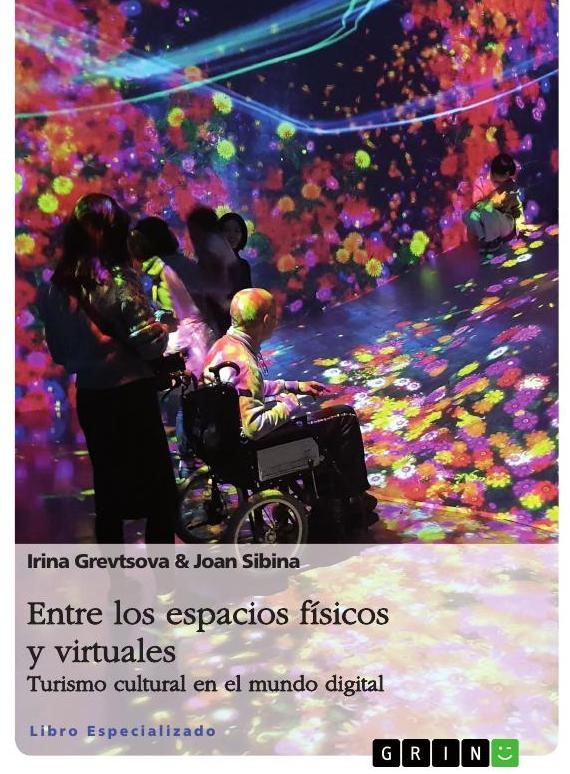
The development of these advanced technologies is as yet limited and their large-scale introduction in society is still in its infancy. There is a long way to go before we can see the adoption of virtual reality (VR), artificial intelligence (AI), robots and other digital technologies is widespread or even massive, but we are getting there. Probably, sophisticated technologies are way beyond the financial resources and knowledge of the majority of museums in our country but here there is an opportunity for alliances: with technology companies, sponsors, public administration and universities. And while we are waiting for that, keeping our eyes open to see what is being done everywhere else, being in a continual learning mode, testing them as users when and wherever we have the opportunity, and perhaps taking part in a pilot project, will provide us with knowledge and experience.
Do you know any other interesting experiences that you would like to share?
Related links
How Can Museums Use Virtual Reality?, MuseumNext
European Museums Get Adventurous With Virtual Reality, ViMM
Augmented and Virtual Reality Survey Report, Perkins
Co-directora del Curs d'Estratègia Digital_UOC_Museu Nacional d'Art de Catalunya
Co-directora del congrés CIMED de Museos y Estrategias Digitales

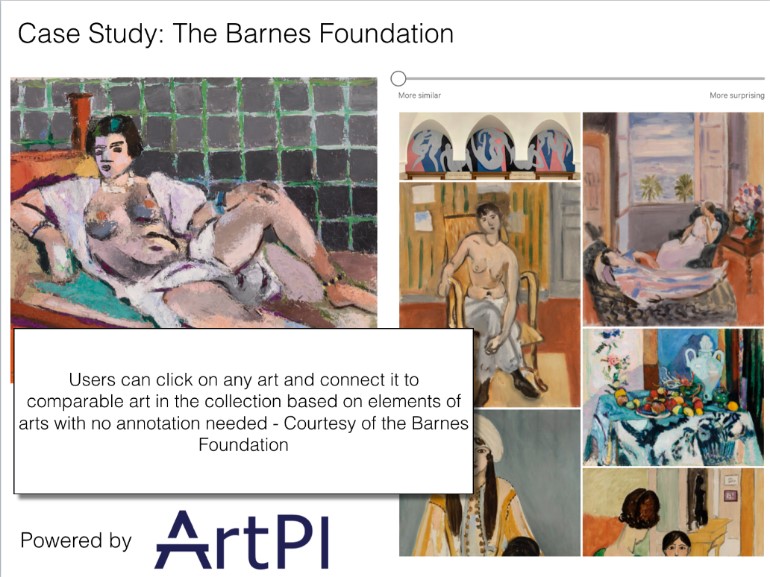
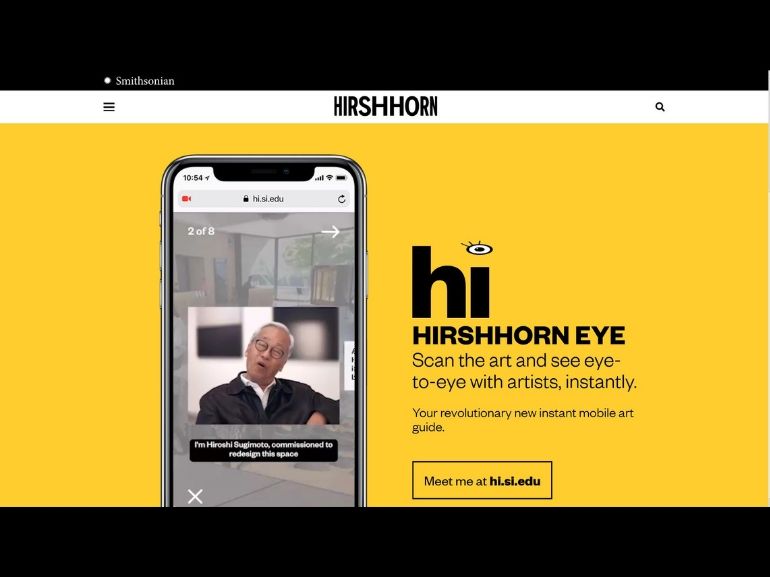
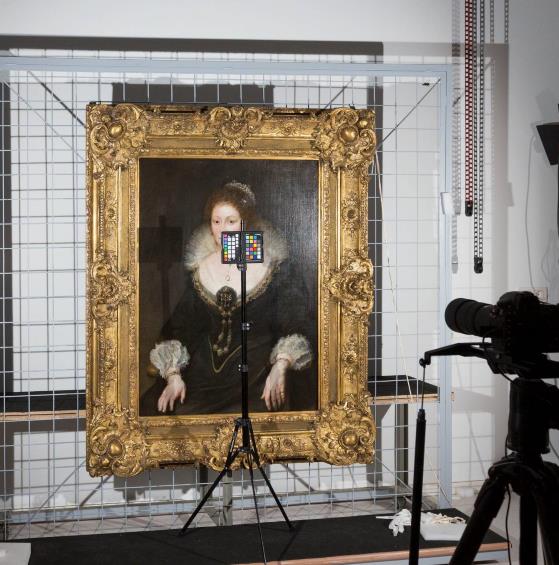
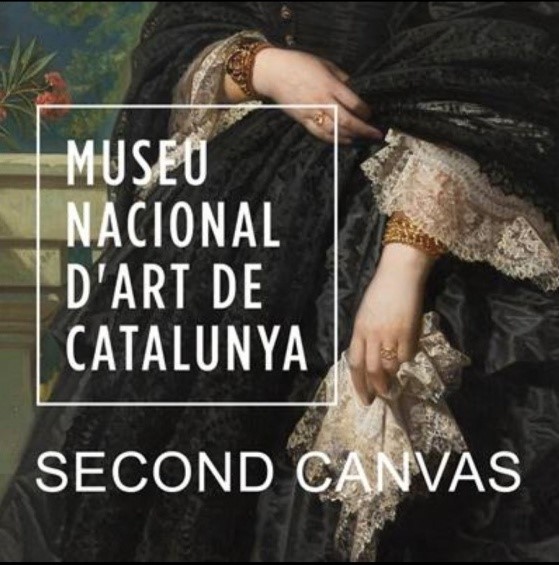







One comment
This site is a handful of information Thanks to the author for the such useful and detailed information. I really appreciated to you on this quality work. Some of the upcoming features are really amazing. I think this work is a team effort looking forward to get more useful updates from you guys kindly check my review on advion cockroach gel bait review